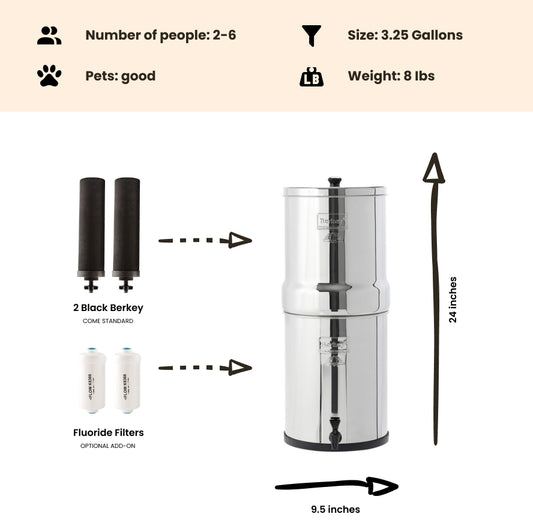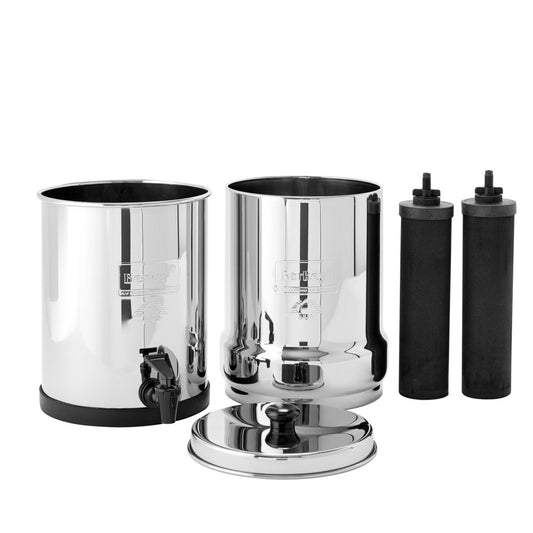
Pesticides Widely Used in Pet Flea Control Products are Contaminating Rivers
By Dan DeBaunShare
A new study has revealed that rivers across England are contaminated with two pesticides typically used in animal flea control products, imidacloprid (a neonicotinoid) and fipronil, both of which are neurotoxins, at concentrations that often exceeded commonly accepted safety limits.
These toxic chemicals are known to adverse environmental impacts and have consequently been banned for use in the agricultural sector in the UK since 2017, yet the environmental impact of their use on domestic pets goes unmonitored, largely because it is assumed that since much smaller amounts are used on domestic dogs and cats, the environmental effects are likely to be much lower.
Neonicotinoids and Fipronil in Drinking Water
However, scientists fear that this may not necessarily be the case. To determine whether these fears are warranted, researchers from the University of Sussex in the United Kingdom in collaboration with colleagues from Chipping Norton Veterinary Hospital and the Environment Agency (EA) analyzed water quality data collected by the EA from waterways across England between 2016-2018. They found that fipronil was present in 98% of the samples, while imidacloprid was detected in 66% of the samples.
The study, which was recently published in Science of the Total Environment, found that average concentrations of fipronil in water samples collected by the EA were five times higher than chronic safety limits, indicating that fipronil together with its breakdown products pose a serious threat to aquatic organisms. While the environmental risk posed by imidacloprid was generally lower, concentrations observed in seven of the twenty rivers sampled posed a significant environmental risk. These contaminants were detected in higher concentrations immediately downstream from wastewater treatment facilities, supporting the theory that large amounts of pesticides originating from treated pets are being flushed down household drains and making their way into waterways.

"The use of pet parasite products has increased over the years, with millions of dogs and cats now being routinely treated multiple times per year," said Rosemary Perkins, a qualified veterinarian and doctoral student at the University of Sussex, and lead-author of the paper. "Fipronil is one of the most commonly used flea products, and recent studies have shown that it degrades to compounds that are more persistent in the environment, and more toxic to most insects, than fipronil itself. Our results, showing that fipronil and its toxic breakdown products are present in nearly all of the freshwater samples tested, are extremely concerning."
Fipronil and Colony Collapse Disorder
Fipronil is believed to pose both an environmental and human health risk. Fipronil is thought to be one of the key chemicals responsible for colony collapse disorder in bee colonies worldwide. The United States Environmental Protection Agency lists fipronil as a group C (possible human) carcinogen based on lab studies that show an increased risk of thyroid cancer in rats.
"Fipronil and imidacloprid are both highly toxic to all insects and other aquatic invertebrates. Studies have shown both pesticides to be associated with declines in the abundance of aquatic invertebrate communities," said Professor Dave Goulson, a professor at the University of Sussex and co-author of the study. "The finding that our rivers are routinely and chronically contaminated with both of these chemicals and mixtures of their toxic breakdown products is deeply troubling."
According to the Veterinary Medicines Directorate, the UK agency that funded the study, there are currently 66 licensed veterinary products that contain fipronil in the United Kingdom, and 21 that contain imidacloprid, either as the primary ingredient or in combination with other insecticides. These products include tick and flea collars that contain the active ingredient, tick and flea sprays and spot-on applications.
While certain products require a veterinary prescription, many can be purchased over the counter from pet stores, pharmacies and supermarkets, or even online. Healthcare plans allow pet owners to give their pets year-round tick and flea preventative treatment from their vets.
Besides being used in tick and flea treatment products, fipronil is also used in ant and cockroach baits. However, since only one of these products can be bought over the counter by someone who is not a licensed pest control professional,it appears that pet flea treatment products are the most likely source of contamination in UK waterways.
Bathing of pets that have been treated with fipronil-based spot-on products is considered a key contributor of fipronil to waterways via sewerage treatment systems. Washing of pet bedding, hands, etc that have come into contact with pets that have been treated with fipronil products can potentially also contribute to the contaminant load via wastewater. Additional routes of contamination include pets swimming in waterways or rainfall washing these chemicals off treated pets. Since levels of fipronil and imidacloprid are strongly correlated across river sites sampled, the researchers believe they are likely originating from a common source.

"We've identified a number of steps that can be taken to minimise or avoid environmental harm from pet flea and/or tick treatments," said Perkins. "These range from introducing stricter prescription-only regulations, to considering a more judicious and risk-based approach to the control of parasites in pets, for example by moving away from blanket year-round prophylactic use."
The authors "recommend a re-evaluation of the environmental risks posed by pet parasite products, and a reappraisal of the risk assessments that these products undergo prior to regulatory approval."
Journal Reference
Rosemary Perkins, Martin Whitehead, Wayne Civil, Dave Goulson. Potential role of veterinary flea products in widespread pesticide contamination of English rivers. Science of The Total Environment, 2020; 143560 DOI: 10.1016/j.scitotenv.2020.143560
-
Regular price $234.00 USDRegular priceUnit price / per
-
Regular price $327.00 USDRegular priceUnit price / per
-
Regular price From $367.00 USDRegular priceUnit price / per
-
Regular price From $408.00 USDRegular priceUnit price / per
-
Regular price From $451.00 USDRegular priceUnit price / per
-
Regular price From $478.00 USDRegular priceUnit price / per
-
Regular price $332.50 USDRegular priceUnit price / per
$350.00 USDSale price $332.50 USDSale

Dan DeBaun is the owner and operator of Big Berkey Water Filters. Prior to Berkey, Dan was an asset manager for a major telecommunications company. He graduated from Rutgers with an undergraduate degree in industrial engineering, followed by an MBA in finance from Rutgers as well. Dan enjoys biohacking, exercising, meditation, beach life, and spending time with family and friends.
~ The Owner of Big Berkey Water Filters















